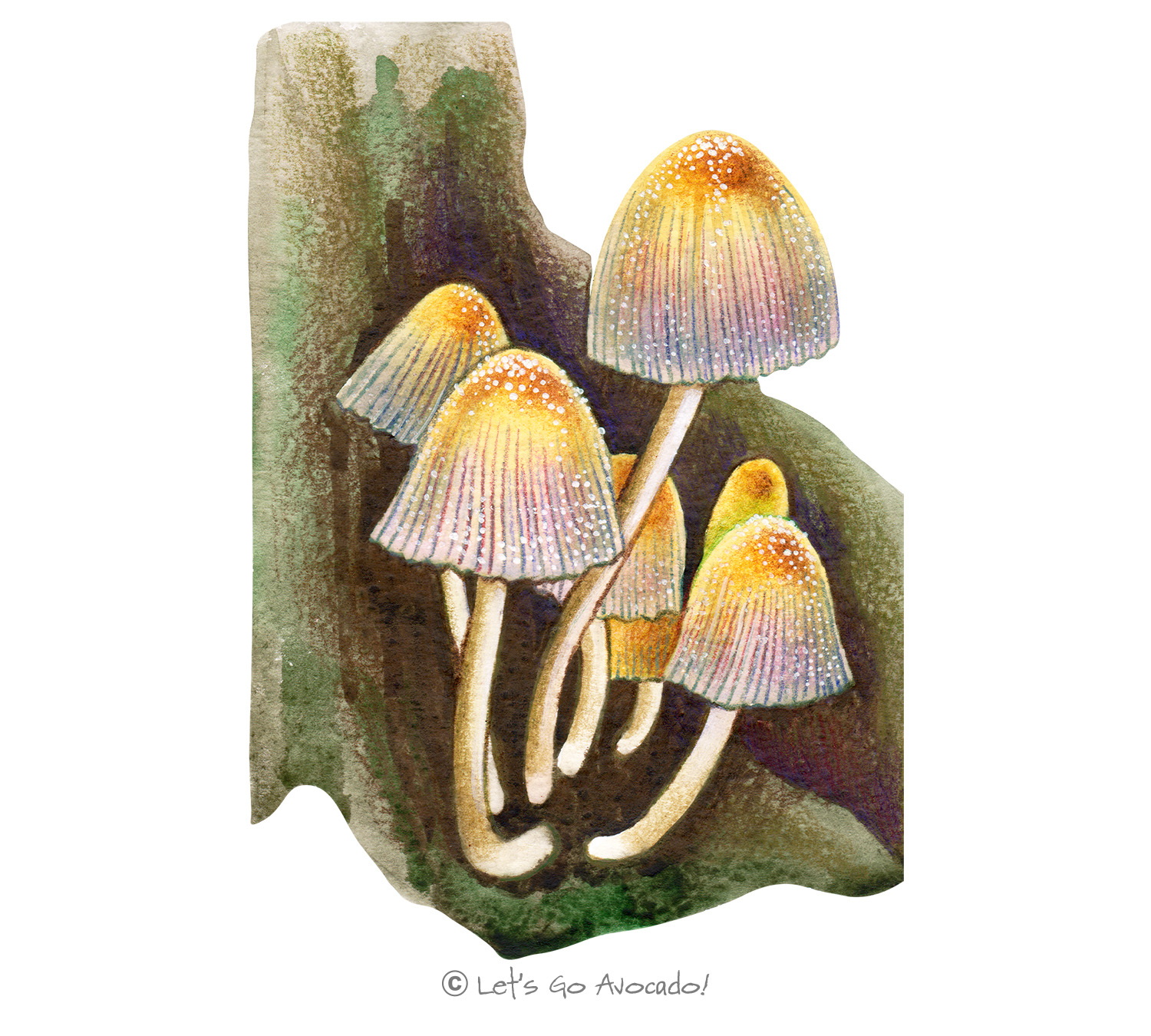

Mica Cap
Shiny Cap, Glistening Inky Cap
Coprinellus micaceus
This page may contain affiliate links.
Read our disclosure and privacy policy here.
The mica cap mushroom is a small, delicate fungus recognized for its tendency to grow in clusters on decaying wood. It is named for the shiny, mica-like granules on its cap surface when young. These mushrooms are commonly found in woodlands and urban areas alike.
Mica Cap
Common Name
Other Names
Latin Name
Distribution
Appearance
Size
Habitat
Diet
Lifecycle
Defense Mechanisms
Ecological Importance
ConservationThe act of protecting and preserving natural resources and the environment. Conservation efforts are important to protect beavers and their habitats. Learn More Status

There’s a lot to explore right where we are, in our own neighborhoods and backyards! Join us while we get off the couch and explore the everyday wonders of nature, science, space, engineering, art, and anything else we stumble upon during on our adventures.







